By Kathy L. Brown
My new novel, The Talking Cure, has manifested into our material realm! In this supernatural Yuletide follow-up to The Big Cinch, a haunted woman claws her way back to reality by reconnecting with her magical powers. The Talking Cure is the second novel-length Sean Joye investigation; I share a bit about its origin story, here.
Stories tend to be about people, although a setting idea often kicks off a new piece for me. But eventually I need to come up with a cast of characters to populate that place; people who are real enough for the reader to care about them.
Archetypes and Characters
There are many ways to develop a story character, although they all emphasis finding key details through which people’s actions and opinions reflect their personalities in convincing ways. One method among the many I tinkered with for The Talking Cure was using mythological archetypes as character templates. The book, 45 Master Characters: Mythic Models for Creating Original Characters by Victoria Lynn Schmidt (Writers Digest Books, 2001) discusses this process in detail.
It is important to remember the story character must always be a unique individual. That is, archetype, not stereotype. And they must have internal consistency. The things characters say and do must hang together as a believable whole. But artists have a trick: using a pattern. Humans recognize that certain attitudes and actions go together because we have seen them together before—in life or fiction.
Characters from Mythology
Forty-Five Master Archetypes identifies culturally resonate images—like Artemis, The Huntress, or Anansi, The Trickster— to inspire the artist and help them maintain a consistent fictional character. In addition to identifying and describing each archetype, the book discusses what they typically care about, fear, and find motivating. It also offers insight into how the archetypes view each other. These prompts are just that, prompts: a starting off point for the author to begin exploring their story’s characters.
The Talking Cure Characters
So how did this method play out for me in the actual writing of characters for The Talking Cure? Here are a few examples among my cast:
Violet Arwald Humphrey
Violet was a minor antagonist in the first Sean Jean novel, The Big Cinch. The two of them had an uneasy “frenemy” relationship, especially toward the end of the book. But in The Talking Cure she needs his help in getting out of a tight spot, even if she doesn’t realize it.
I already knew, or thought I knew, this character quite well. I’d spent much time with Violet in my previous book. At least for a jumping off point, the Athena: The Father’s Daughter archetype resonated for Violet. Her closeness to her father and inability to connect with the women in her life, perhaps influenced by the early death of her mother, seemed important. Learning, studying, and mastering new material is of value to Violet; an activity with little social acceptance for women of her era. She is a natural, if perhaps frustrated, leader.
Others see her as cool, competent, and unemotional. Locked up under the care of Freudian psychiatrists, Violet is even diagnosed as frigid (among other things). Yet in working with the character I found asexual to be a more accurate way of regarding her. The mores and rituals of courtship, romance, and physical intimacy are mysterious and awkward to her. Violet just doesn’t get what the big deal is; she derives personal satisfaction relating to people in other ways.
Doctor Henry Elsass
Dr. Elsass is the visionary founder of the Elsass Institute in Normal, Illinois. His facility was meant to be a paragon of modern psychiatric care, but mental health trends are already moving away from the heyday of the Freudian model. While Thorazine treatment was still twenty-five years away, the idea that mental health issues were manifestations of biochemical imbalances was starting to take root. But Dr. Elsass knows he is right and will hear no counter evidence.
I found the archetype Osiris: Male Messiah worked as a way into Dr. Elsass. From Schmidt, “[He] preaches and shows the way to enlightenment. Driven to accomplish something important—his life has an ultimate purpose. Sees the big picture, rises above the drama of everyday life. Reveres healing the soul. His criticisms can be harsh, and his word is law. Pushes people.”
Percival Emerson
Percival “Percy” Emerson is the president of the Elsass Institute’s board of directors as well as one of the patient’s husband. He is on hand for a board meeting and trapped there by winter weather. He takes it on himself to quickly identify the culprit in the unexpected death.
I found Percy’s brash, over-the-top personality in the Character Archetype: Zeus, the king. As Schmidt describes him, Percy “sees only the big picture, [and is an] emotionless, strong, workaholic. Strategist who lays down the law but can work the room and make allies and followers. Loves to rescue the weak, protect his family and kingdom (business). Wants to rule, be admired, take care of his loyal followers. Competitive. Fears losing his position. Fears emotional displays.”
Seeds for Characters
As I said, these archetypes were great starting points for me, especially since I like to revise, tinker, and tweak material. Having a bunch of coherent traits to work through, applying them to actual situations in my characters’ lives, is helpful. I hope this peek under the hood will prove useful to you as well.
Kathy L. Brown’s new 1920s supernatural noir mystery novel, The Talking Cure, is available at the Literary Underworld store. And it’s on sale! It is a stand-alone story, although you might want to check out the first book in the series, The Big Cinch.
“The Talking Cure is a marvelous story—an Agatha Christie-style murder mystery infused with a strong sense of the Weird… and a hearty dose of magic on the side. It’s ideal for all fans of the sinister, the surprising, and the strange.”
—Cherie Priest, award-winning author of Boneshaker
Note: Portions of this article first appeared in “Character Creation Tools,” a post on The Storytelling Blog, August 17, 2019

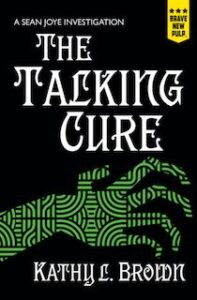
 hometown and its history inspire her fiction. When she’s not thinking about how haunted everything is, she enjoys hiking, crafts, and cooking for her family.
hometown and its history inspire her fiction. When she’s not thinking about how haunted everything is, she enjoys hiking, crafts, and cooking for her family. 


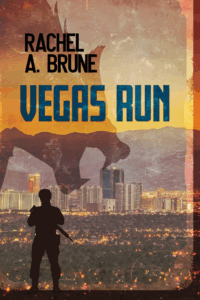





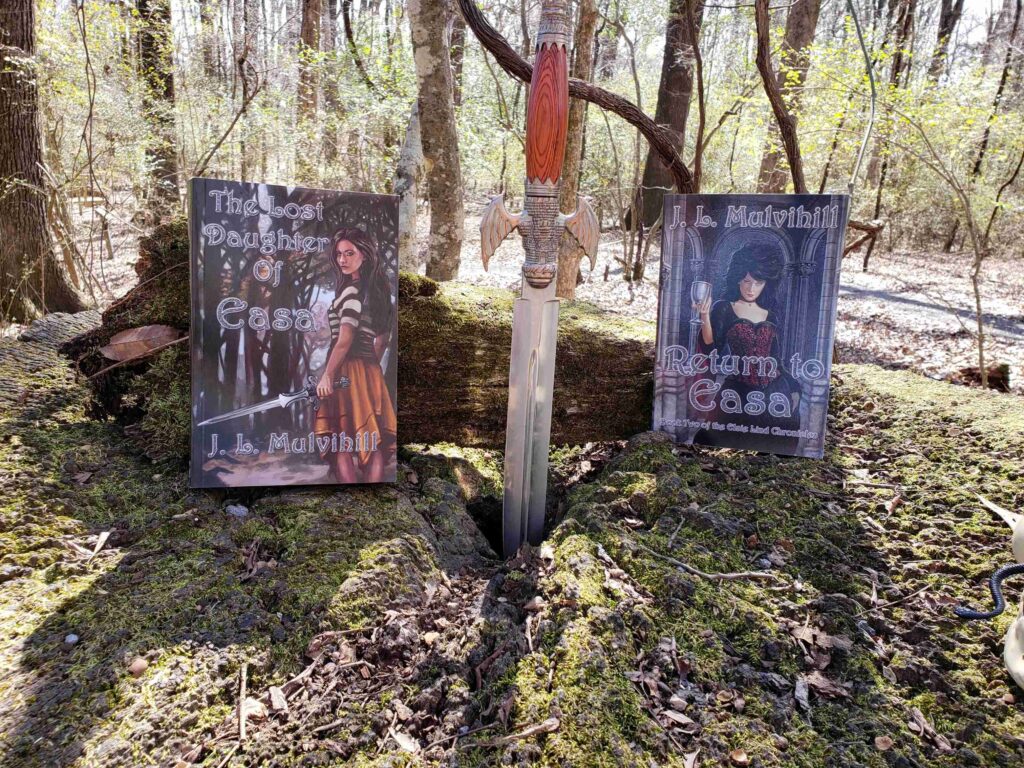
 A California native born in Hollywood, California, J.L. MULVIHILL wanted to be a rock star. After several years of modeling, acting, and singing, she decided to marry, have a family, and moved to a quieter life in Mississippi where she has lived for the past twenty years. Finding she has a gift for story telling she began to write young adult books, including the Steel Roots series and The Lost Daughter of Easa. She is very active in the writing community, a member of the Society of Children’s Book Writers and Illustrators, Gulf Coast Writers Association, Imagicopter, the Mississippi Writers Guild and Clinton Ink-slingers Writing Group. She continues to write fantasy, steampunk, poetry and essays inspired by her life in the South.
A California native born in Hollywood, California, J.L. MULVIHILL wanted to be a rock star. After several years of modeling, acting, and singing, she decided to marry, have a family, and moved to a quieter life in Mississippi where she has lived for the past twenty years. Finding she has a gift for story telling she began to write young adult books, including the Steel Roots series and The Lost Daughter of Easa. She is very active in the writing community, a member of the Society of Children’s Book Writers and Illustrators, Gulf Coast Writers Association, Imagicopter, the Mississippi Writers Guild and Clinton Ink-slingers Writing Group. She continues to write fantasy, steampunk, poetry and essays inspired by her life in the South.
 writing books, she’s a librarian at a local library, which is kind of a superhero. Her superpowers include always knowing what kids like to read, being able to read more than 10 books at one time, and the ability to eat more pizza than anyone.
writing books, she’s a librarian at a local library, which is kind of a superhero. Her superpowers include always knowing what kids like to read, being able to read more than 10 books at one time, and the ability to eat more pizza than anyone.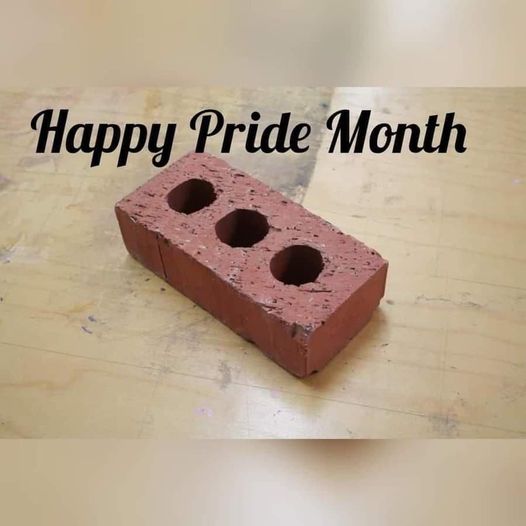

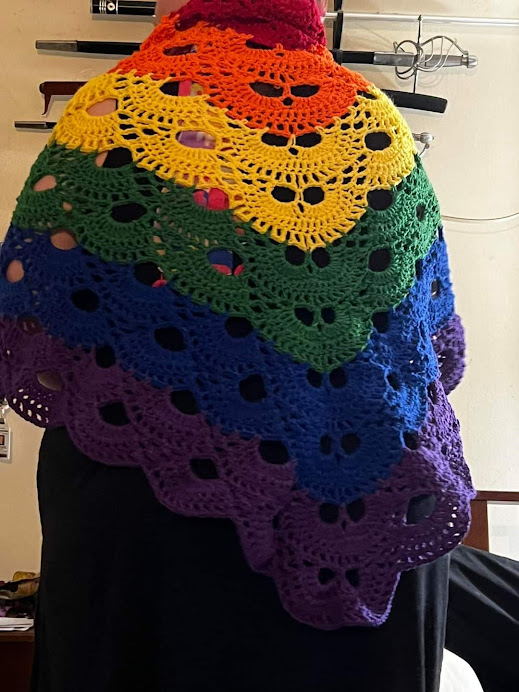
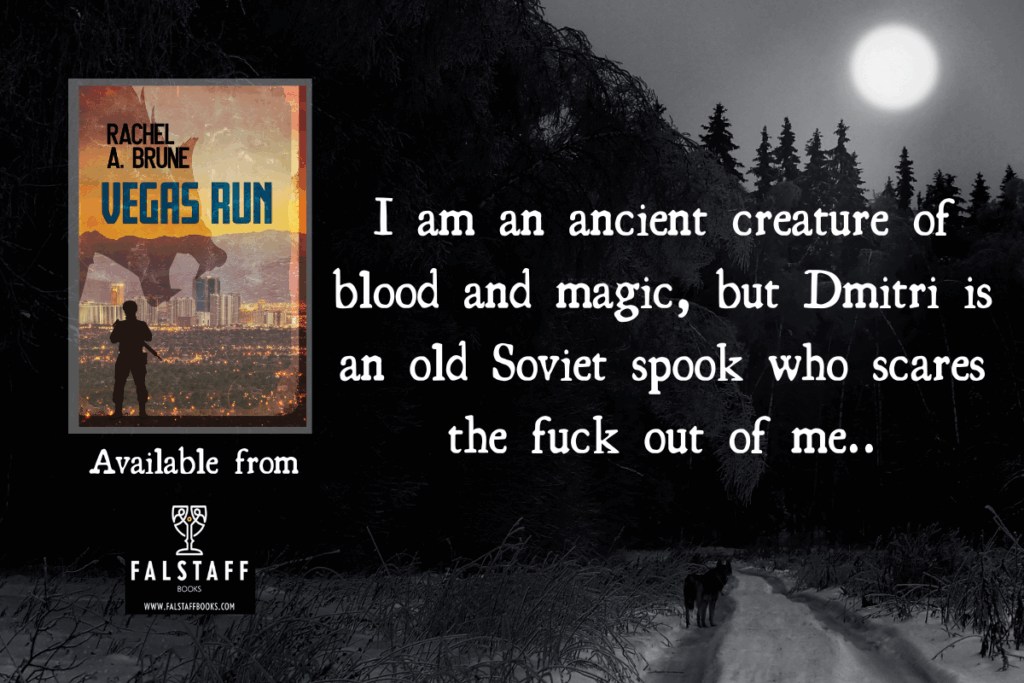
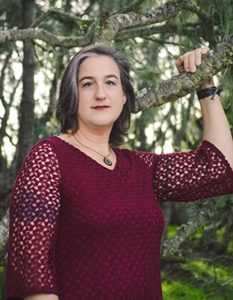 immediately plunged into the low-stakes world of entry-level executive assistantship. Her unexpected journey out of that world and into the military is chronicled in her self-published book Echoes and Premonitions. Rachel served five years as a combat journalist, including two tours in Iraq, and a brief stint as a columnist for her hometown newspaper. After her second tour, she attended graduate school at the University at Albany in NY, where she earned her M.A. in political communication, and her commission as a second lieutenant in the military police corps.
immediately plunged into the low-stakes world of entry-level executive assistantship. Her unexpected journey out of that world and into the military is chronicled in her self-published book Echoes and Premonitions. Rachel served five years as a combat journalist, including two tours in Iraq, and a brief stint as a columnist for her hometown newspaper. After her second tour, she attended graduate school at the University at Albany in NY, where she earned her M.A. in political communication, and her commission as a second lieutenant in the military police corps.